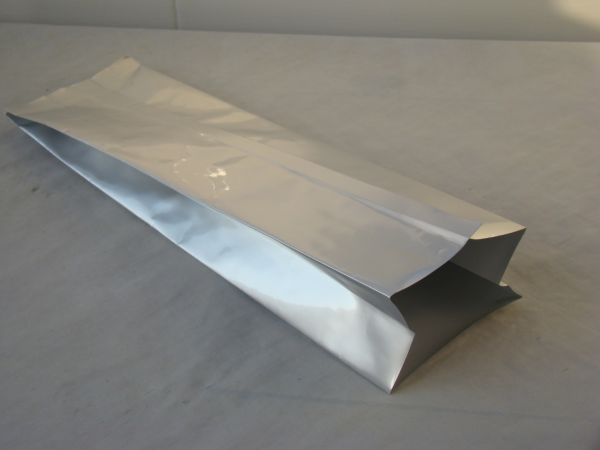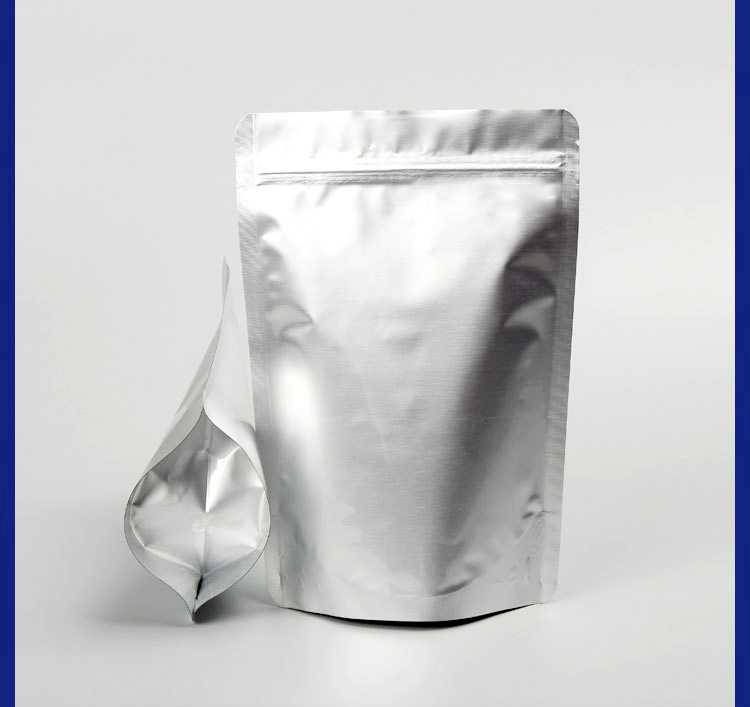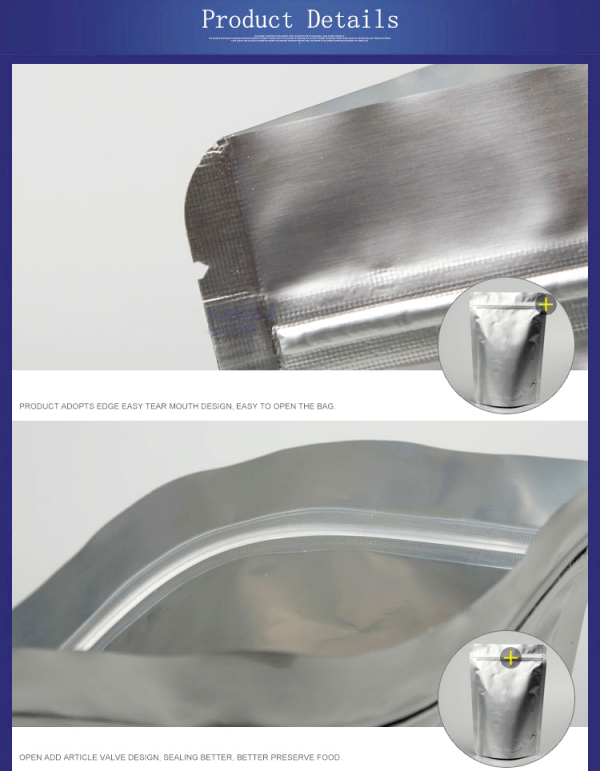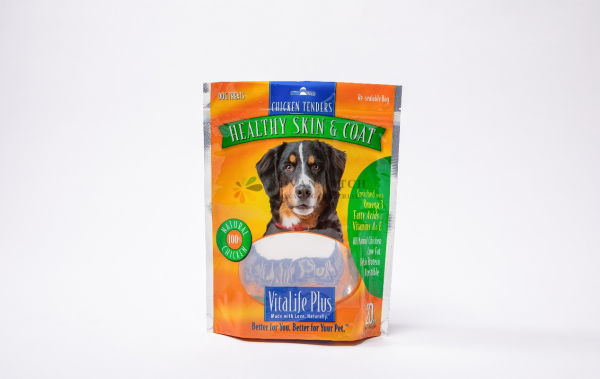1911 was an important milestone in the history of world food packaging. Because this year was the debut year of aluminum foil in the field of food packaging, and thus began its glorious journey in the field of food packaging. As a pioneer in aluminum foil packaging, a Swiss chocolate company has grown over 100 years and now has become a well-known brand (Toblerone).
Aluminum foil usually refers to aluminum with a purity of over 99.5% and a thickness of less than 0.2 millimeters, while aluminum foil used for composite materials has a thinner thickness. Of course, different countries have different requirements for the thickness and composition of aluminum foil. The question is, can aluminum foil, as thin as cicada wings, be competent for the important task of food packaging? This also starts with the mission of food packaging and the characteristics of aluminum foil. Although food packaging is generally not edible, it is an important component of the attributes of food products. In terms of the function of food packaging, the most core is the food protection function. Food undergoes a complex process from production to consumption, which may be influenced by external factors such as biology, chemistry, and physics in the environment. Food packaging should be able to maintain the stability of food quality and resist various adverse effects in the environment. At the same time, food packaging should also meet the requirements of aesthetics, convenience, environmental protection, and affordability.
Let’s take a look at the characteristics of aluminum foil again. Firstly, aluminum foil has high mechanical strength and certain impact and puncture resistance. Therefore, during storage, transportation, and other processes, aluminum foil packaged food is not easily damaged due to factors such as compression, impact, vibration, temperature difference, etc. Secondly, aluminum foil has high barrier performance, which is highly resistant to sunlight, high temperature, moisture, oxygen, microorganisms, etc. These factors are all factors that promote food spoilage, and blocking these factors can extend the shelf life of food. Thirdly, aluminum foil is easy to process and has a low cost, which can meet the packaging needs of most foods and has a beautiful silver white color and mysterious texture. Fourthly, metal aluminum itself is a lightweight metal, and extremely thin aluminum foil meets the basic requirements of lightweight packaging, which is of great significance for reducing transportation costs. Fifth, aluminum foil is non-toxic and odorless, easy to recycle, and meets the requirements of green environmental protection and sustainable development.
However, in food packaging practice, aluminum foil is generally rarely used alone, because aluminum foil itself also has some shortcomings. For example, as the aluminum foil is further thinned, the number of pores will increase, which will affect the barrier performance of the aluminum foil. Meanwhile, lightweight and soft aluminum foil has limitations in terms of tensile and shear resistance, and is usually not suitable for structural packaging. Fortunately, aluminum foil has excellent secondary processing performance. Usually, composite packaging materials can be made by combining aluminum foil with other packaging materials to make up for the shortcomings of aluminum foil and improve the comprehensive packaging performance of composite packaging materials.
We usually refer to a film composed of two or more materials as a composite film, and a packaging bag made of composite film is called a composite film bag. Generally, plastic, aluminum foil, paper and other materials can be made into composite films by means of bonding or heat sealing to meet the different packaging needs of a variety of foods. In modern packaging, almost all of the composite materials that require lightproof and high barrier are made of aluminum foil as barrier layer, because aluminum foil has a highly dense metal crystal structure and has good barrier performance to any gas.
In food soft packaging, there is a packaging material called “vacuum aluminized film”. Is it the same as aluminum foil composite packaging material? Although both contain a very thin layer of aluminum, they are not the same material. Vacuum aluminum plating film is a method of evaporating and depositing high-purity aluminum onto plastic film in a vacuum state, while aluminum foil composite material is composed of aluminum foil and other materials by bonding or thermal bonding.
Unlike aluminum foil composite materials, the aluminum coating in the aluminum plated film does not have the barrier effect of aluminum foil, but rather the substrate film itself. As the aluminized layer is much thinner than aluminum foil, the cost of aluminized film is lower than that of aluminum foil composite material, and its application market is also very wide, but it is generally not used for Vacuum packing.
Post time: Sep-06-2023




